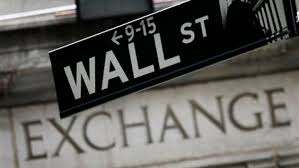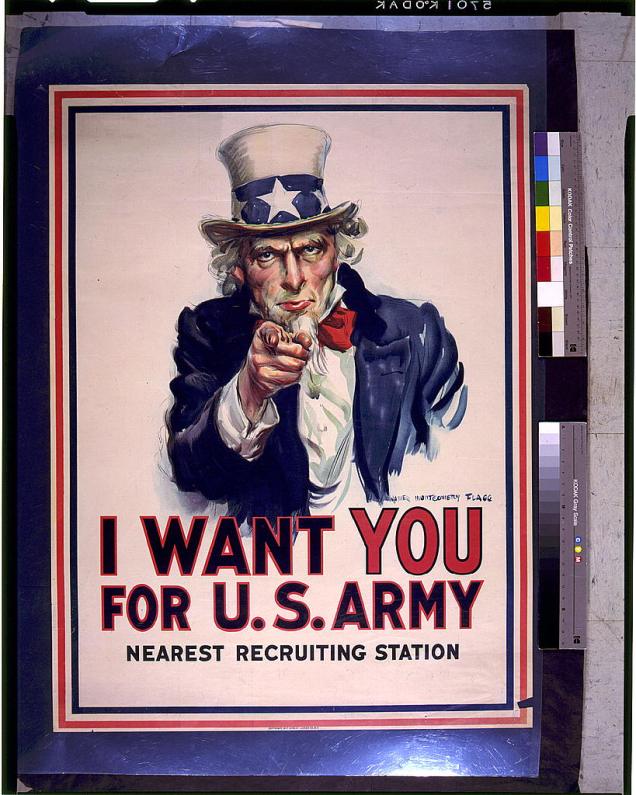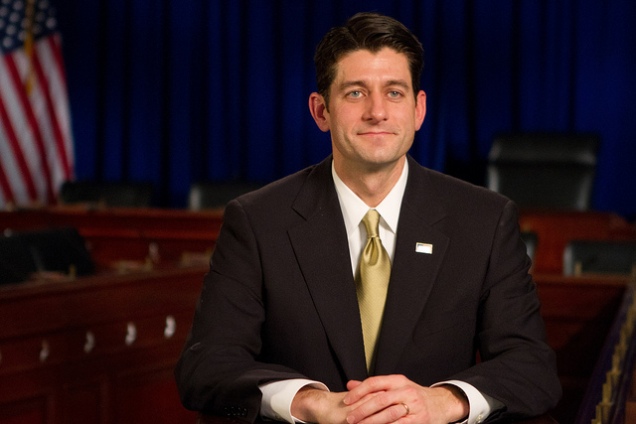Another infamous event that is cemented in America’s historical timeline is without question, the Wall Street Crash. Otherwise known as Black Tuesday, the Wall Street Crash took place in 1929, and was the most devastating stock market crash in the history of the United States. The crash saw the beginning of a 10 year Great Depression in America. Not only that, but because of America’s overwhelming influence on countless other western industrialized countries, they all suffered astronomically as well.

When looking at the causes of the Wall Street Crash, experts believe there are many. One of the main failures of the American economy at the time however was World War 1. Despite it occurring over a decade previous to the crash, its financial impact was still overwhelming. People felt good about winning the war, and so vast majorities of the population emigrated to larger cities within America, building on the post-war optimism ideology that had flooded the people of the states.
Despite its vast power and influence worldwide, even America’s economy showed signs of frailty and weakness. Throughout the 1920s it was evident that the stock markets were founded on shaky ground. Steel production declined, construction work wasn’t much better, luxury items weren’t selling as much either, all whilst customers acquired items on credit and accumulated their own debt. There wasn’t any sign of recovery either as people simply didn’t put the money back into the economy that was needed to keep it afloat.

Finally, panic can be blamed as another hugely contributing factor to the Wall Street Crash. People panic sold shares like they were going out of fashion, because effectively, they were. Over the course of 2 days the market lost $30 billion. As people continued to panic, they continued to dump sell shares and attempt to cut their losses, increasing the markets decline constantly.
The most noticeable impact from the Wall Street Crash was job loss. Over 20,000 companies went bankrupt as a result of the crash. Not only that, but 1500 banks went bankrupt as well. This combined together resulted in over 10 million people losing their jobs.
The American stock exchange didn’t reach the levels it was before the cash till 1954, 25 years later. The influence on the rest of the world was catastrophic, as America was one of the largest exporting countries worldwide. Many other countries were also in debt to the states, so were asked to pay their debts off quicker to help the USA that was in turmoil. For many of these countries however, this was physically impossible.




